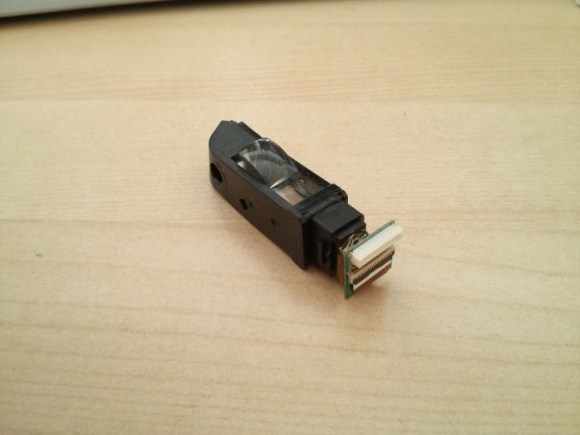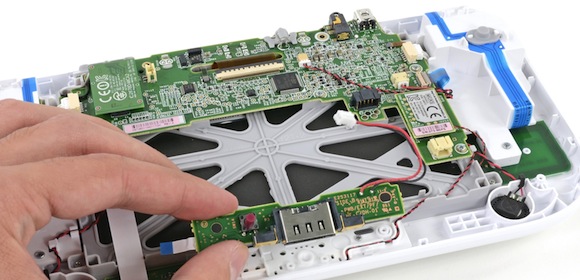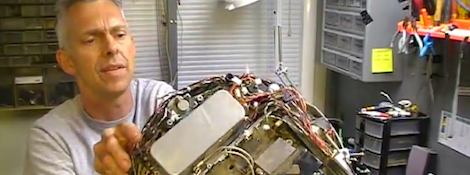
[John Floren] really sells us on a pair of MyVu 301 Video Glasses. He lists the features as being bulky, ugly, and uncomfortable. That’s the reason why he’s showing you how to crack open the glasses in order to steal the tiny LCD modules.
The LCD screen for each eye is mounted inside of the assembly seen above. The screen is perpendicular to the wearer’s eye, with some space in the body to facilitate the lens and reflector that enlarge the image and direct it toward the eye. After removing the display from the module [John] tried to hook it up to a camera via the driver hardware which comes with the glasses. It must have been a bit of a head scratcher that all he could get was a plain white image. This is fixed by finding the polarizing filter inside the module and laying it over the screen. This is demonstrated in the clip after the break.
We don’t know where he’s planning to go from here, but we can suggest a few different projects. This hardware could be useful in creating his own augmented reality hat. Using it as a video game controller is another thing that pops to mind. Wouldn’t it be cool to have this in the scope sight of a light gun?
Continue reading “Pulling The LCD Screens Out Of A MyVu Glasses Display”














